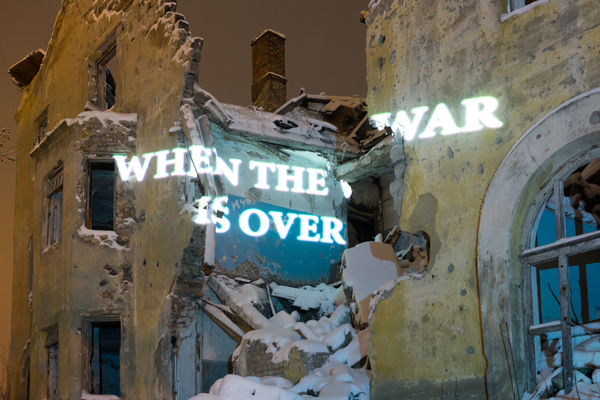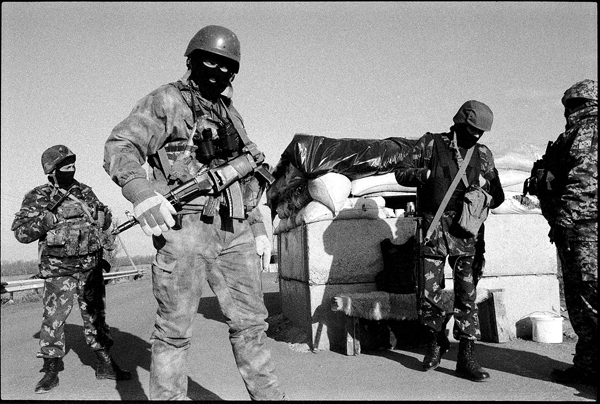Dmytro Kupriyan: When The War Is Over
 © Dmytro Kupriyan
© Dmytro Kupriyan
About The Exhibition
Exhibition Curator: Igor Manko
This VASA exhibition invites you, the viewer, to experience images, videos and text by Dmytro Kupriyan that transverse photojournalistic thinking to a reflection on a divided society. This position taken by Kupriyan is expressed through his images and videos.
Dmytro Kupriyan (b. 1982) is a photographer and a photojournalist from Kyiv, Ukraine. In 2014 and 2017 he travelled to the Crimea and the East of Ukraine to document the tumultuous events of the “Russian Spring”.

The Russia's aggression in Ukraine started with the annexation of Crimea in February, 2014 and spread over Eastern Ukraine in the spring, hence the “Russian Spring” political label. This "proxy war" (which initially Russia pretended not to be part of) quickly developed into a succession of full-fledged military conflicts until it froze down to its today's sluggish, but still deadly state.
A curatorial essay by Igor Manko, himself from Ukraine provides a rich context for the exhibition and the work of Dmytro Kupriyan.
© Dmytro Kupriyan
_______________________
On VASA Exhibitions:
VASA Exhibitions over the years have provided a platform for individual and group exhibitions, collaborative exhibitions with various organizations and galleries and exhibitions that follow a particular theme or inquiry such as “Where Do We Go Now” curated by Rui Cepeda and the “Kharkiv School of Photography: Soviet Censorship to New Aesthetics” curated by Igor Manko.
VASA Exhibitions are international and multicultural. The curatorial team has strived to present work that not only represents the photographers but also the social, historical and cultural. As an online international project, VASA works to engage various digital tools. Video, as an example, not only offers the potential for the presentation of works, it provides the opportunity and framework for the voice of the author to be seen and heard. Through image, text, sound and animation, VASA works to expand the exhibition paradigm and provide a rich experience for the viewer (as well as the author).
VASA Exhibitions provides a viewing and research environment by archiving all of the exhibitions in their entirety. For example, the viewer may view a 2009 exhibition as it was presented and not just traces of its existence.
VASA Exhibitions (a program in VASA) includes images, videos and sound works.